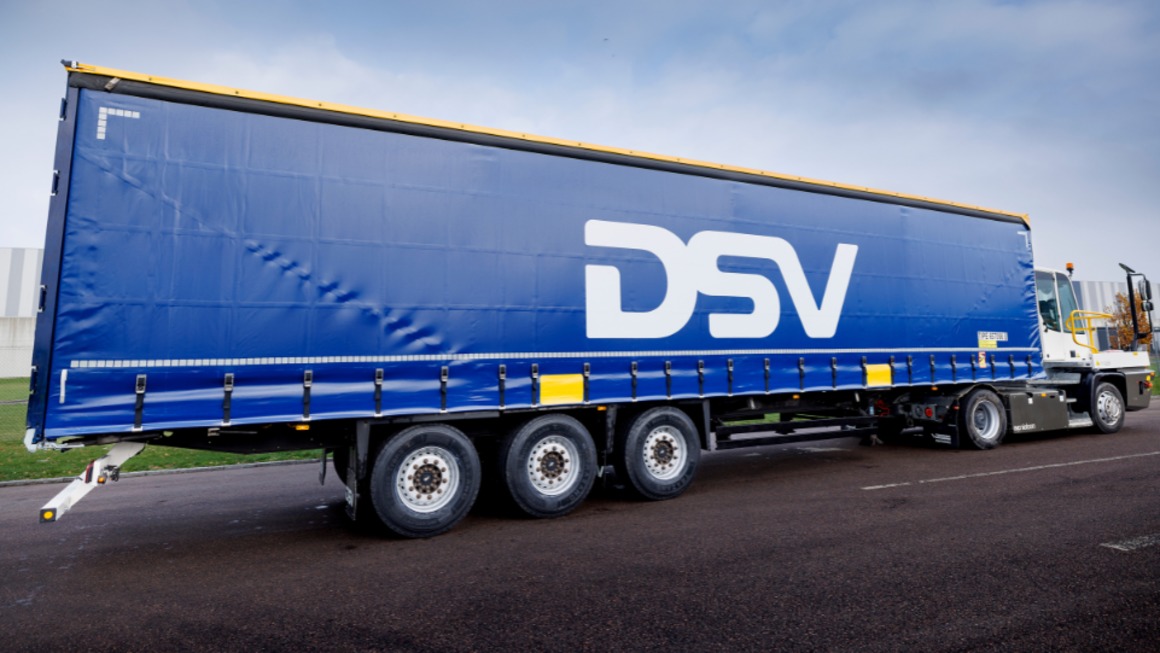
DSV purchases sustainable aviation fuel to reduce emissions for all its 2023 business air travel
DENMARK : To reduce its carbon emissions, DSV will replace fossil jet fuel with SAF for all 2023 business travel. The initiative will bring the leading transport and logistics company closer to realising its sustainability goals.
In an effort to reduce its carbon emissions, DSV is purchasing sustainable aviation fuel (SAF) for all its 2023 business air travel. As an alternative to flying on fossil jet fuel, the use of SAF is on the rise. By replacing crude oil with renewable oil materials, SAF reduces greenhouse gas emissions by approximately 80% compared to fossil jet fuel. The purchase of SAF for all DSV’s 2023 business air travel will bring the leading transport and logistics company closer to realising its sustainability goals by reducing the company’s indirect emissions.
“DSV is proud to replace all fossil jet fuel with SAF for all of our 2023 business flights. As one of the world’s largest freight forwarders, we recognise our responsibility to work towards reducing our indirect emissions. Since COVID, we have been able to reduce our amount of business air travel, but being a global company with customers and business partners across the world, we cannot eliminate it completely. With this initiative, we seek to lower the impact of our business air travel,” says Jens Bjørn Andersen, Group CEO, DSV.
Partnering to reduce emissions
Collaboration is key to all development and innovation, not least when it comes to the field of sustainability. Therefore, for all of DSV’s 2023 business travel with SAS, the transport and logistics company has partnered directly with SAS through its Corporate Sustainability Program for the purchase of SAF.
Anko van der Werff, President and CEO of SAS, believes partnerships are central to the development in the field of SAF:
“SAS aims to decarbonise aviation, and progress on this ambitious plan can only be achieved by collaboration. By involving and collaborating with our customers, we will reduce CO2 emissions and stimulate the market and enable a more large-scale production of sustainable aviation fuels. We hope the partnership between DSV and SAS will inspire other companies to join our Corporate Sustainability Program and be part of the journey to transform the aviation industry for generations to come,” he says.
A step in the right direction
As a leading company in its industry, DSV recognises its responsibility to reduce its climate impact while keeping customers’ supply chains flowing:
“DSV is part of the critical infrastructure driving world trade, and we acknowledge our role and the importance of lowering our environmental footprint. The purchase of SAF for all our business flights is not a fix-all solution. It is, however, a step in the right direction on the path to achieving our sustainability goals,” says Jens Bjørn Andersen.
With the initiative to replace fossil jet fuel with SAF for all 2023 business flights, DSV makes an active effort to tackle the challenge of reducing its indirect emissions. The expected emissions reduction from the switch to SAF is based on an estimated number of tickets for 2023. Through quarterly evaluations of its available travel data, DSV will adjust its purchased amounts of SAF to, as precisely as possible, reflect its actual travels. Obtaining carbon credits, DSV will purchase additional amounts of SAF to compensate for the approximately 20% emissions that remain after the switch to SAF. Combined, the CO2 reductions and the compensated emissions will correspond to DSV’s expected emissions from its business air travel in 2023.
While the initial scope of the initiative is 2023, there is a chance that it holds potential for the future:
“DSV is excited to be able to achieve emissions reductions at this scale. Using 2023 as a pilot year, we are eager to look into the potential for expanding the initiative into the future,” says Jens Bjørn Andersen.
